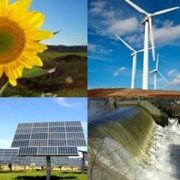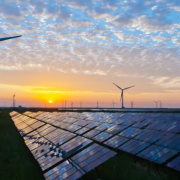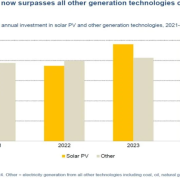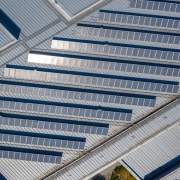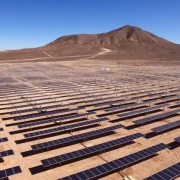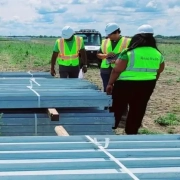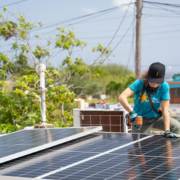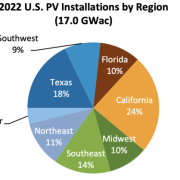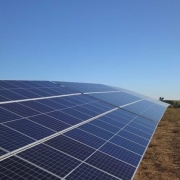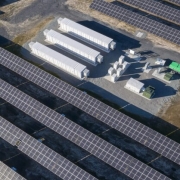The world will need to invest US$1.5 trillion per year until the end of the decade to meet the target of tripling global installed renewable energy capacity by 2030, as agreed upon at the COP28 summit, and solar PV is the only clean energy technology currently on track to receive the level of investment necessary to hit this goal.
These are the headline takeaways from ‘Delivering on the UAE Consensus’, the first in a series of annual reports published by the International Renewable Energy Agency (IRENA), the Global Renewables Alliance (GRA), COP28, COP29 and COP30 host Brazil. The report finds that the world added 473GW of new renewable power capacity in 2023, of which solar accounted for 346.9GW.
Click here to read the full article
Source: Reve
—
If you have any questions or thoughts about the topic, feel free to contact us here or leave a comment below.

